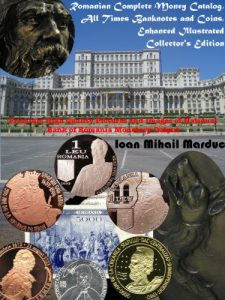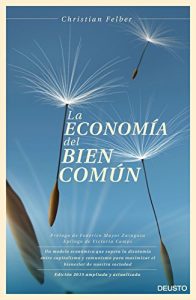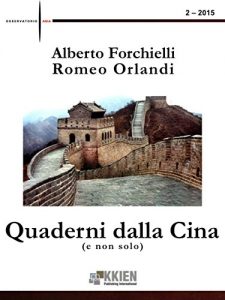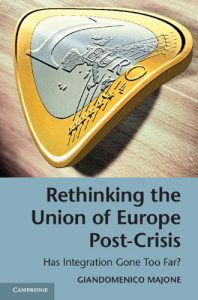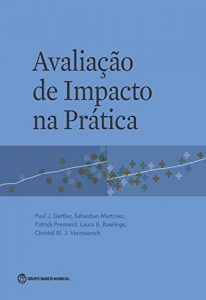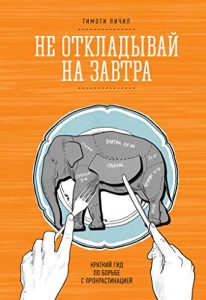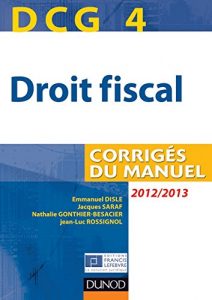I 99eBooks è una directory di eBook. Cerchiamo e classificato intorno alle eBooks Web per te!
Tutti i diritti riservati. I libri e libri elettronici sono di proprietà dei rispettivi proprietari.
Complete Collection: Coins and Banknotes, Romanian Currency, Gold Silver, Price Value (Numismatica Book 1) (English Edition)
600+ HD Pictures with complete Coins collection!
200+ HD Pictures with complete Banknotes collection!
INCLUDING Special and Rare emissions!
“I like to see a man proud of the place in which he lives. I like to see a man live so that his place will be proud of him. “
Abraham Lincoln
“Great countries are those that produce great people. “
Benjamin Disraeli
“To travel is to discover that everyone is wrong about other countries. “
Aldous Huxley
In 2002 in the "Cave With Bones" in present day Romania 40,000 year old modern human remains were discovered. Romanian fossils are still among the oldest remains of Homo sapiens in Europe, so they may be representative of the first such people to have entered the continent. The remains are especially interesting because they present a mixture of archaic, early modern human and Neanderthal morphological features.
One of the fossils found—a male, adult jawbone—has been dated to be between 34,000 and 36,000 years old, which would make it one of the oldest fossils found to date of modern humans in Europe. A skull found in Peștera cu Oase (The Cave with Bones) in 2004-5 bears features of both modern humans and Neanderthals. According to a paper by Erik Trinkaus and others, published in the Proceedings of the National Academy of Sciences in January 2007, this finding suggests that the two groups interbred thousands of years ago.
The earliest written evidence of people living in the territory of the present-day Romania comes from Herodotus in book IV of his Histories written c. 440 BCE.
The Dacians, widely accepted as part of the Getae described earlier by the Greeks, were a branch of Thracians that inhabited Dacia (corresponding to modern Romania, Moldova, northern Bulgaria and surroundings).
The Dacian Kingdom reached its maximum expansion during King Burebista, between 82 BCE - 44 BCE. Under his leadership Dacia became a powerful state which threatened the regional interests of the Romans.
Julius Caesar intended to start a campaign against the Dacians, due to the support that Burebista gave to Pompey, but was assassinated in 44 BC. A few months later, Burebista shared the same fate, assassinated by his own noblemen. Another theory suggests that he was killed by Caesar's friends. His powerful state was divided in four and did not become unified again until 95 AD, under the reign of the Dacian king Decebalus. More at this link http://en.wikipedia.org/wiki/History_of_Romania
First coins discovered in Romania are from Thrace, Dynasts of. Koson. Mid 1st Century BC. Coins inscribed KOSON were discovered in several large stashes in Romania. The first group was discovered in 1543, and contained several thousands coins and objects made of gold. It was rumored that this stash was revealed in a bolted chamber under the river Strei, identified as the river Sargetia, and also mentioned by Dio Cassius. Further research disproved this, and placed the treasure in one of the Dacian castles in the Orăştie mountains, probably in Sarmisegetusa. The conventional view that these coins were struck by a Thracian dynast named Koson striking on behalf of Brutus was first proposed by Theodor Mommsen.
Mommsen based his theory on Appian' s statement (B Civ. IV.10.75) that Brutus struck coins from the gold and silver provided to him by the wife of a Thracian dynast. The coins' similarity to known Roman types of the period, in particular the issue Brutus struck as a moneyer in 54 BC (Crawford 433/1), and Mommsen's (and others) misreading of the obverse monogram seemed to support this conclusion. Max Bahrfeldt ("Über die KOΣΩN-Münzen," Berliner Münzblätter 1912), however, cogently challenged this interpretation, arguing instead a connection to Coson-Cotiso(n), a Getic king with whom Octavian had apparently been arranging an alliance-by-marriage (Suetonius, Aug. 63.2; cf. Horace, Carm. II.18.8; Flor. II.28.18). But, about Coson Coins in our next book.
200+ HD Pictures with complete Banknotes collection!
INCLUDING Special and Rare emissions!
“I like to see a man proud of the place in which he lives. I like to see a man live so that his place will be proud of him. “
Abraham Lincoln
“Great countries are those that produce great people. “
Benjamin Disraeli
“To travel is to discover that everyone is wrong about other countries. “
Aldous Huxley
In 2002 in the "Cave With Bones" in present day Romania 40,000 year old modern human remains were discovered. Romanian fossils are still among the oldest remains of Homo sapiens in Europe, so they may be representative of the first such people to have entered the continent. The remains are especially interesting because they present a mixture of archaic, early modern human and Neanderthal morphological features.
One of the fossils found—a male, adult jawbone—has been dated to be between 34,000 and 36,000 years old, which would make it one of the oldest fossils found to date of modern humans in Europe. A skull found in Peștera cu Oase (The Cave with Bones) in 2004-5 bears features of both modern humans and Neanderthals. According to a paper by Erik Trinkaus and others, published in the Proceedings of the National Academy of Sciences in January 2007, this finding suggests that the two groups interbred thousands of years ago.
The earliest written evidence of people living in the territory of the present-day Romania comes from Herodotus in book IV of his Histories written c. 440 BCE.
The Dacians, widely accepted as part of the Getae described earlier by the Greeks, were a branch of Thracians that inhabited Dacia (corresponding to modern Romania, Moldova, northern Bulgaria and surroundings).
The Dacian Kingdom reached its maximum expansion during King Burebista, between 82 BCE - 44 BCE. Under his leadership Dacia became a powerful state which threatened the regional interests of the Romans.
Julius Caesar intended to start a campaign against the Dacians, due to the support that Burebista gave to Pompey, but was assassinated in 44 BC. A few months later, Burebista shared the same fate, assassinated by his own noblemen. Another theory suggests that he was killed by Caesar's friends. His powerful state was divided in four and did not become unified again until 95 AD, under the reign of the Dacian king Decebalus. More at this link http://en.wikipedia.org/wiki/History_of_Romania
First coins discovered in Romania are from Thrace, Dynasts of. Koson. Mid 1st Century BC. Coins inscribed KOSON were discovered in several large stashes in Romania. The first group was discovered in 1543, and contained several thousands coins and objects made of gold. It was rumored that this stash was revealed in a bolted chamber under the river Strei, identified as the river Sargetia, and also mentioned by Dio Cassius. Further research disproved this, and placed the treasure in one of the Dacian castles in the Orăştie mountains, probably in Sarmisegetusa. The conventional view that these coins were struck by a Thracian dynast named Koson striking on behalf of Brutus was first proposed by Theodor Mommsen.
Mommsen based his theory on Appian' s statement (B Civ. IV.10.75) that Brutus struck coins from the gold and silver provided to him by the wife of a Thracian dynast. The coins' similarity to known Roman types of the period, in particular the issue Brutus struck as a moneyer in 54 BC (Crawford 433/1), and Mommsen's (and others) misreading of the obverse monogram seemed to support this conclusion. Max Bahrfeldt ("Über die KOΣΩN-Münzen," Berliner Münzblätter 1912), however, cogently challenged this interpretation, arguing instead a connection to Coson-Cotiso(n), a Getic king with whom Octavian had apparently been arranging an alliance-by-marriage (Suetonius, Aug. 63.2; cf. Horace, Carm. II.18.8; Flor. II.28.18). But, about Coson Coins in our next book.
